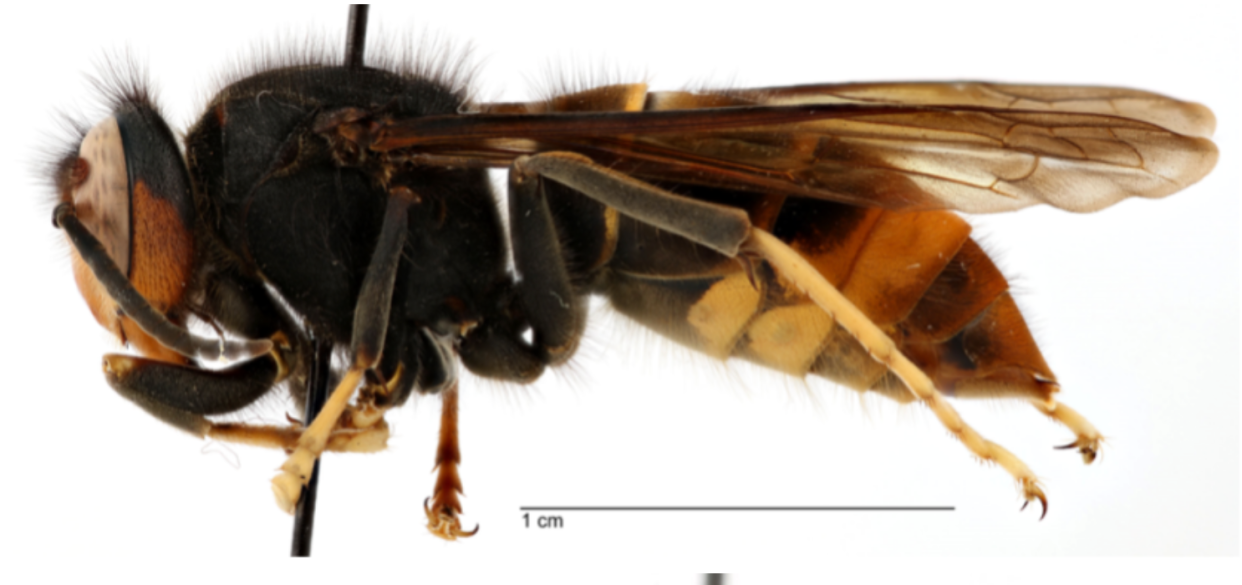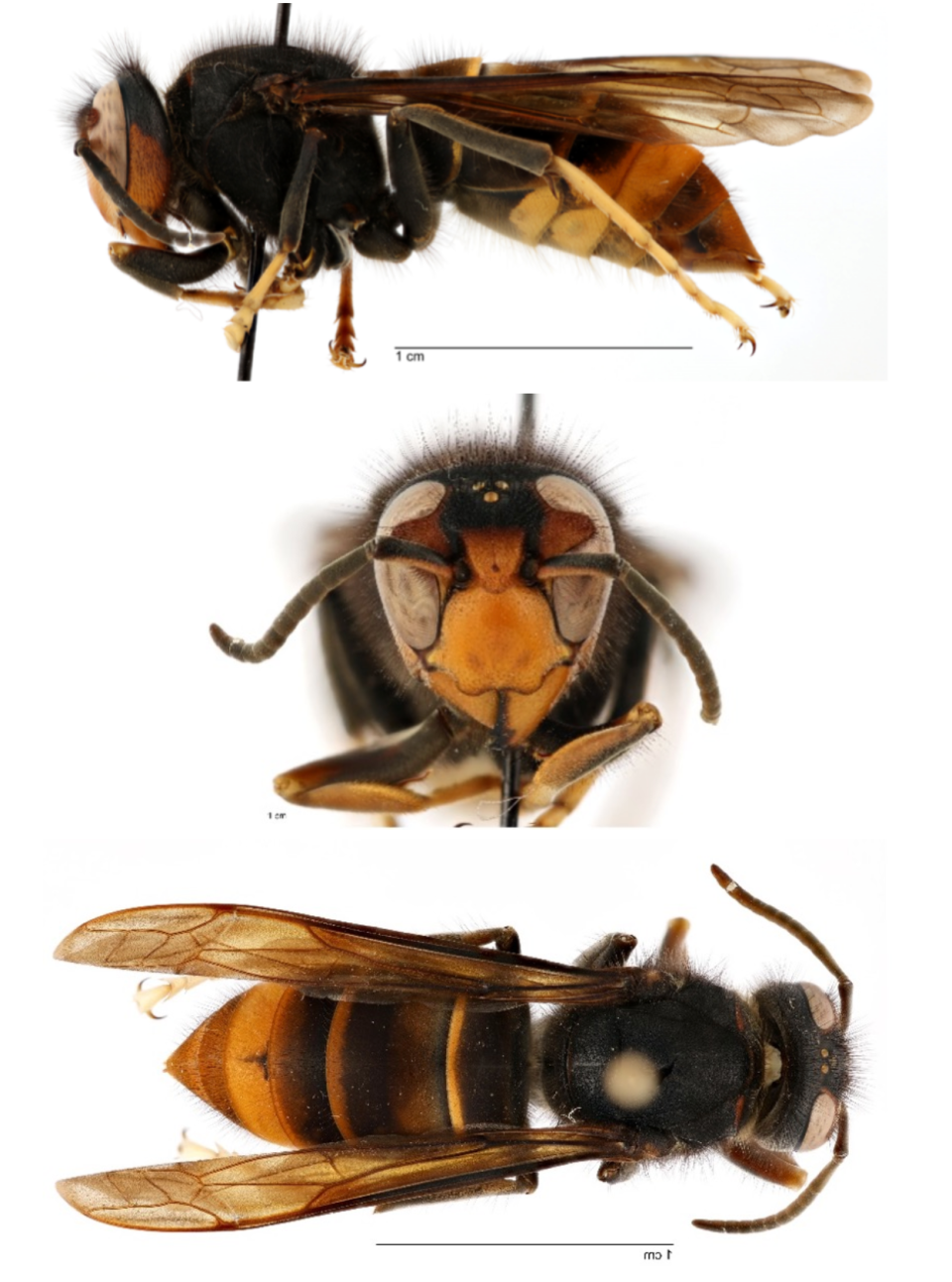Invasive yellow-legged hornet spotted in US: What to know about 'social wasp species'

SAVANNAH, Ga. – Beekeepers in Georgia have raised alarm bells after an invasive species was spotted for the first time in the U.S.
A Savannah, Georgia beekeeper discovered the unusual-looking hornet earlier this month and promptly reported it to The Georgia Department of Agriculture, according to a statement release by the agency. The GDA, in partnership with the University of Georgia and the U.S. Department of Agriculture, identified the insect as an invasive yellow-legged hornet earlier this month, marking the first detection of the species in "the open United States."
The invasive hornet is described as a "social wasp species," meaning it is known to construct communal paper nests, often found hanging from trees or in tree hollows. Also known as Vespa velutina hornets or "Asian hornets," the wasps' nests are generally egg-shaped and can house up to 6,000 worker bees.
The species could threaten honey production and native pollinators if it establishes a population, according to the GDA.
Troublemaking bear finds a new home: Thieving California bear 'Hank the Tank' is actually female, and now she has a new home
How big is the yellow-legged hornet look like and where does it come from?

Vespa velutina, also known as the Asian hornet or yellow-legged hornet, is native to tropical and subtropical areas of Southeast Asia, though it has established a presence as an invasive species in most of Europe, parts of the Middle East, and parts of Asia, according to the GDA.
The species constructs egg-shaped paper nests each year, with massive colonies of up to 6,000 peaking in size and activity around mid to late summer.
The yellow-legged hornet is sometimes mistaken for the Northern Giant Hornet, though it is generally smaller than the NGH.
Workers can be as small as half the size of the NGH, whereas queens are a bit larger at 3/4 the size. Their most distinctive feature are legs that are mostly or partially covered in yellow, giving them their name. Body and head colors vary.
According to the GDA, the hornets feed on a variety of large insects and prey on honeybee colonies and other pollinators that play a significant role in the health of the U.S. ecosystem. In Georgia specifically, they pose a risk to agriculture, the state's main economic driver.
How to fight bed bugs: Where do bed bugs come from? Here's how they get in and how you can check for their presence.
What to do if you see a yellow-legged hornet
The GDA has a form for you to complete if you believe you've spotted a yellow-legged hornet. You can also email yellow.legged.hornet@agr.georgia.gov.
They advise taking photos of the suspected hornets and comparing their appearance to pictures available on the Unted States Department of Agriculture website, as they can look similar to native species that pose no threat.
The GDA also asks that you include the following information with any form submission:
Name and contact information
Location and date of the sighting
If possible, a photograph of the hornet. If not, a description of the size of the insect, the color of the head and body, and what it was doing
Location and approximate height of the nest (if found)
The direction the hornet(s) flew when flying away
Additional reporting contributed by Mary Walrath-Holdridge.
This article originally appeared on Savannah Morning News: Invasive yellow-legged hornet seen in Georgia: Size, nest, origin info

